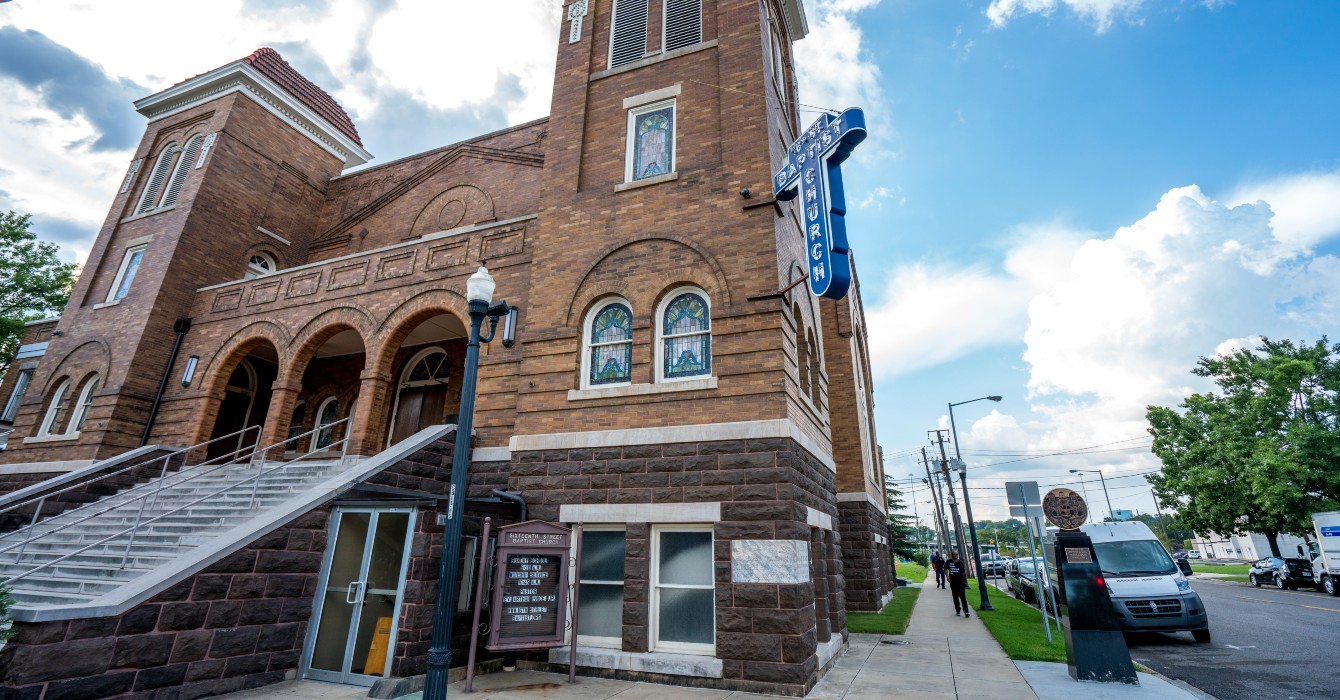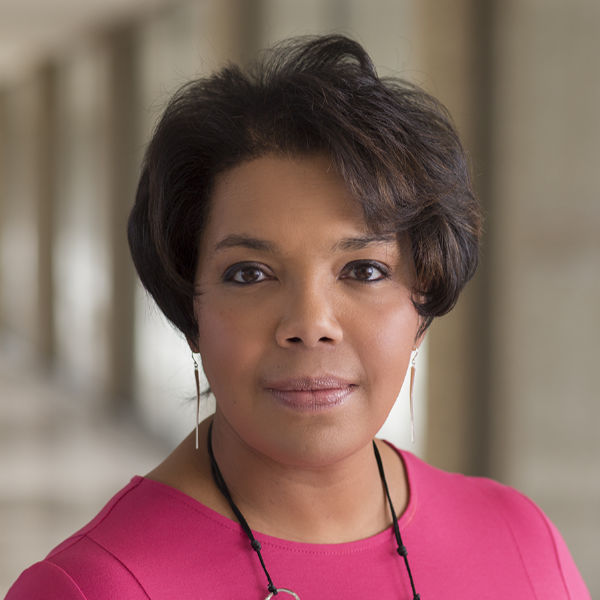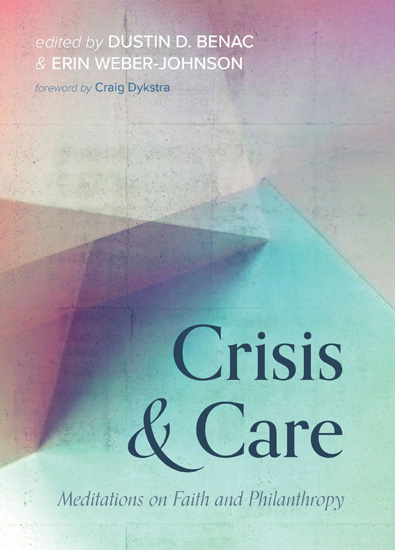Thirteen years ago, Charles Best, a teacher in the Bronx, came up with a simple idea for how he and other public school teachers could raise money to fund classroom projects. He created a website where teachers could post their requests and donors could contribute money to fund them.
Since then, DonorsChoose.org has raised more than $174 million from individuals, corporations and foundations for classroom projects all across the nation. Recognized by Fast Company magazine as one of the 50 most innovative companies in the world, DonorsChoose.org has lessons to offer all nonprofits and other organizations.
 Two of the most important, said Missy Sherburne, chief partnerships officer for DonorsChoose.org, are transparency and accountability. Donors today want their giving to be targeted, and they want to see results right away, she said.
Two of the most important, said Missy Sherburne, chief partnerships officer for DonorsChoose.org, are transparency and accountability. Donors today want their giving to be targeted, and they want to see results right away, she said.
“Typically, nonprofits say they’ve got X campaign coming up and ask people to give X hundreds or thousands of dollars, or tens of dollars, and later you hear how successful the campaign is,” she said. “That’s probably attractive to certain donors, but I think it’s probably less attractive to a lot of younger donors, who, because of the crowdsourcing initiative, want to know now.”
Nonprofits should think about how to package what they do in a way that people can understand and how to forge connections that build ongoing relationships.
“Transparency and accountability are really, really critical,” Sherburne said.
As chief partnerships officer, Sherburne leads a staff responsible for raising money from corporations and foundations. She served previously as the executive director of DonorsChoose.org North Carolina and South Carolina, and before that was the North Carolina executive director of Teach For America.
Sherburne spoke with Faith & Leadership while at Duke recently for a conference on sustainable business and social impact at the Fuqua School of Business. Paul Sansone of Better World Books also was a speaker. The following is an edited transcript.
Q: What do you do at DonorsChoose.org?
DonorsChoose.org is a website where public school teachers post projects they want to do, and then individuals, corporations and foundations fund them.
We have two revenue streams. One is individuals who come to the site and say, “I want to give $5 to this class project to take kids to China, or for a classroom rug for a kindergarten class.”
Then there are corporations and foundations that want to support projects either in a geographic region or in an area or subject that matters to them, such as technology or the arts.
The team that I work with builds those partnerships with corporations and foundations. We make up about 60 percent of the organization’s funding, and individuals who fund projects through the website account for about 40 percent.
We’re a twelve-person team, and we’re charged with building partnerships with corporations and foundations all across the United States, ranging from Starbucks to Kia to Sonic Drive-In.
Q: DonorsChoose started as one person’s small idea and grew exponentially. How important were these corporate partnerships in growing the organization, in bringing it to scale?
They were absolutely critical. One fuels the other.
For instance, in a partnership with Facebook, they give a DonorsChoose.org gift card to their clients and partners every holiday season, like a gift card you’d get to Amazon or The Gap or any retail store.
What does that do for DonorsChoose.org? It introduces thousands of people who wouldn’t have necessarily known about DonorsChoose.org to the site. The two -- partnerships and growth -- are absolutely inextricably linked. We couldn’t do one without the other.
In our partnership with Starbucks, for example, when you go into a Starbucks and you’re logging onto their network, you will see local DonorsChoose.org projects that are in the vicinity of that Starbucks store. That fuels people coming to the site, saying, “Oh wow, I didn’t know about this,” and being introduced to DonorsChoose.org.
One fuels the other. They go hand in hand. Our growth plan is very much based on both of those revenue streams growing -- growing the individuals but also growing the corporate and foundation partners at the same time. So they’ve absolutely played a critical part.
Q: How is DonorsChoose.org itself funded?
When someone goes to the site to fund a project, they have a choice at the checkout to dedicate a portion of their donation -- generally, 15 percent -- to help fund our operations. Over 90 percent of donors choose to do that, which we’re really proud of.
Ever since Charles Best, our founder and CEO, started the organization, we’ve been transparent about our cost structure. That optional donation to support our operations is what has enabled us to go to companies and not ask for help keeping the lights on but to say, “Our partnerships are all about how you, Kia, or you, Chase, can have a direct impact in your community by supporting local projects.”
Q: Do the corporate partners also donate toward the organization’s expenses?
The individuals have a choice. When a company partners with us, beginning at the $10,000 level and up, it’s not optional, and we make that clear to them. We absolutely need that donation, because we have staff members who work really closely with them.
Q: DonorsChoose.org is based on a brilliant, simple concept, but lots of organizations have brilliant, simple concepts that never flourish. Beyond a great idea, what’s the key to the success of DonorsChoose.org?
Obviously, the great idea plays a huge role. But beyond that, I think it’s ultimately the leadership and getting the right people in the organization to make sure that you drive that big idea beyond that startup phase.
I attribute a lot of that to Charles, but I also attribute it to us being really thoughtful about who we are as we’ve grown -- who we are and what kind of person is going to be successful at our organization, regarding both the skills and work environment they need to do their best. Someone might be phenomenal at another organization and look great on paper but might not be the right fit for us.
Charles operates with a tremendous sense of humility, which is woven throughout the fabric of our organization. But it’s also a place where people can take risks, and I think that’s unique, particularly for a nonprofit. It has helped position us to be where we are today.
Q: What are the key lessons that other organizations can learn from DonorsChoose.org?
I absolutely think there are things that others can apply. The importance of transparency and making sure that donors understand where dollars are going and packaging it in a way that makes sense.
Typically, nonprofits say they’ve got X campaign coming up and ask people to give X hundreds or thousands of dollars or tens of dollars and later you hear how successful the campaign is. That’s probably attractive to certain donors, but I think it’s probably less attractive to a lot of younger donors who, because of the crowd sourcing initiative, want to know now.
I encourage organizations to think about how to package what they do in a way that folks understand. What has allowed us to be successful is the partnership piece. We absolutely build a partnership that’s based on having a relationship and understanding the value of that relationship.
Our individual donors hear from us immediately after they’ve made an online transaction. It’s hearing back from the teacher, it’s getting pictures, it’s forging all of our connections online.
What often happens in a traditional nonprofit is you write a $100 check, you might get a nice tax -deduction letter saying, “Thank you so much for your gift.” Whereas at DonorsChoose.org, if you make a $100 contribution, you feel like you’re getting so much.
I would encourage nonprofits to think about how they can forge that type of connection in a way that isn’t too labor -intensive. I think at DonorsChoose.org, you feel valuable if you’re giving, hearing back from us and from the teacher, or getting pictures or thank-you notes and seeing those online from the teacher.
Transparency and accountability are really, really critical.
Q: As the organization has grown, has it ever been tempted to expand beyond that core mission?
Since we launched in 2000 and expanded in 2003, plenty of organizations and people have come to us and asked, “Will you expand to X or Y or Z?” And a couple of years ago, we really explored whether we should be expanding the model either internationally or to another nonprofit sector outside of public schools. But as an organization, we made the decision that until we were serving 100 percent of high-poverty schools in the U.S., we had not accomplished what we had needed to accomplish.
We made a decision to let other sectors and folks know that we were not expanding our model. We will graciously and generously talk to folks who want to learn about DonorsChoose.org. We’re happy to share insights we’ve learned along the way, but we’re focused on making an impact on 100 percent of high-poverty schools in the U.S. and getting to the day where we’re delivering, in any given school year, $100 million worth of resources and experiences to those schools.
This year our goal is to deliver close to $50 million, so we’ve got a ways to go before we hit this big, hairy, audacious goal of $100 million.
Q: What impact has the growth of crowdsourcing and crowdfunding had on DonorsChoose.org?
We have a “more the merrier” perspective. We share a lot with other organizations, and we were founded as a transparent and open organization. We were a pioneer in this movement, and so being a pioneer, the key is to stay ahead of the curve and always try to think about what’s next.
At the same time, we want the field to grow bigger. We don’t see the pie as being a certain size and we have to make sure we have our piece. We want to see that the pie grows bigger and that more and more people want their giving to be transparent and targeted. I think we can play a role in that, and it will come back to benefit us and other organizations.
Q: How important has innovation been in your success, and what have been the biggest innovations?
In terms of innovations, I would say our gift card, which we launched back in 2006, 2007. That was a game changer for us, because it gave us a way to partner with corporations and foundations that wasn’t just asking them to fund projects.
It gave us a tool that companies could use to engage customers and employees. That was really our first foray into being able to engage with companies in a way that was outside of traditional philanthropy. We could actually start working with a marketing department versus a traditional foundation arm or a corporate community relations department.
Another innovation that was really instrumental was the development of our API, or Advanced Programming Interface, which allows us to integrate with other websites. It allowed for things like the Starbucks digital network our partnership with Sonic Drive-In in which they created their own website, Limeades for Learning, that pulls in DonorsChoose.org.
It allows a company to have their own “skin,” their own exterior, to our site.
Those kinds of things give companies a ton of flexibility to develop what they want in partnership with us, branded in a way that works for them but also allows us to fund lots of projects in whatever area is important to them.
One thing that we’ve done a good job on is being thoughtful about our different revenue streams and about having diverse offerings for companies. If gift cards are their thing, that’s great. If they want to use our API, that’s there for them. If they want to do one of our matching products, that’s there for them. We keep it diversely spread.
Q: How did the gift card idea come about? Was it a collective “aha” moment?
I think it was a staff member who thought we should really be doing this -- “Like, why couldn’t we give the gift of giving?” Gift cards were increasing in prominence, and we thought we should be tapping into that. But that was the genesis -- an employee who felt really passionate and helped drive it.








